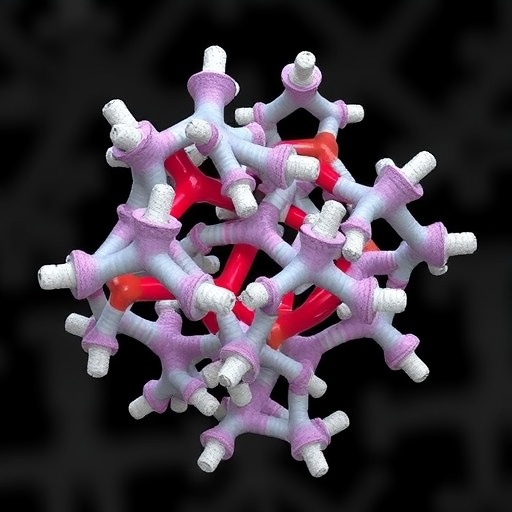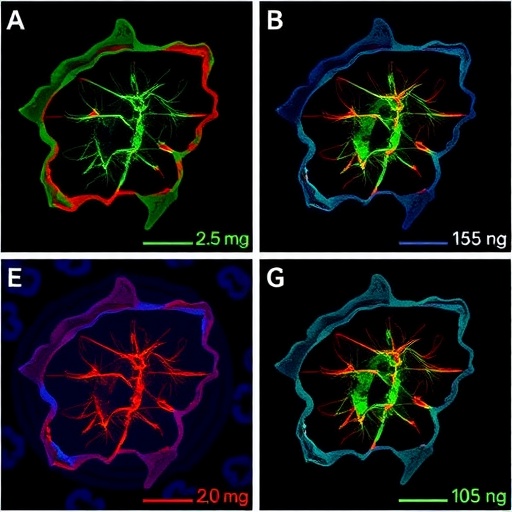
Credit: Jonathan Parr
Chapel Hill, NC – Hepatitis C virus is a curable infectious disease, but treatment remains unavailable in resource-limited settings like the Democratic Republic of the Congo (DRC). The DRC Ministry of Health asked the University of North Carolina at Chapel Hill (UNC) to help determine the burden of infection and find a way to connect people infected with the virus to treatment. Using laboratory equipment readily available in developing countries, researchers from UNC and Abbott Diagnostics were able to define and map the burden of disease in the DRC. Their findings were published in Clinical Infectious Diseases.
"Many people suffering from hepatitis C remain undiagnosed and untreated, despite the advent of highly effective antiviral medications," said Jonathan Parr, M.D., M.P.H., the study's lead author and a researcher within UNC's Infectious Disease Epidemiology and Ecology Lab. "We used a simple, high throughput testing approach to map hepatitis C infections throughout the DRC. We showed that a single drop of blood collected by fingerprick can be used to identify candidates for treatment and to assess the burden of disease in resource-limited settings."
The UNC-Abbott team adapted a common hepatitis C virus test for use with small spots of blood dried onto filter paper. The filter papers were then processed using the Abbott m2000 platform, which is widely used to detect HIV in the DRC and other countries. The researchers determined that about 1 percent or between 100,000 and 200,000 adults living in the DRC had hepatitis C.
"We developed a simple, scalable testing algorithm that can be used in the developing world where there are minimal lab capabilities," Parr said. "We repurposed existing infrastructure, proved that the dried blood spot test worked and defined the burden of hepatitis C in the DRC."
Steven Meshnick, M.D., Ph.D., professor of epidemiology and microbiology, and a co-author of the study said, "We've been delighted to help our partners at the Kinshasa School of Public Health and the DRC National AIDS Control Program to strengthen viral hepatitis diagnosis in the DRC. We now hope to work with them to obtain and roll out therapies."
###
This research was funded by the U.S. National Institutes of Health's National Institute of Allergy and Infectious Diseases.
The mission of UNC's Institute for Global Health & Infectious Diseases is to harness the full resources of the University and its partners to solve global health problems, reduce the burden of disease, and cultivate the next generation of global health leaders. Learn more at http://www.globalhealth.unc.edu.
Media Contact
Morag MacLachlan
[email protected]
919-843-5719
@UNC_Health_Care





